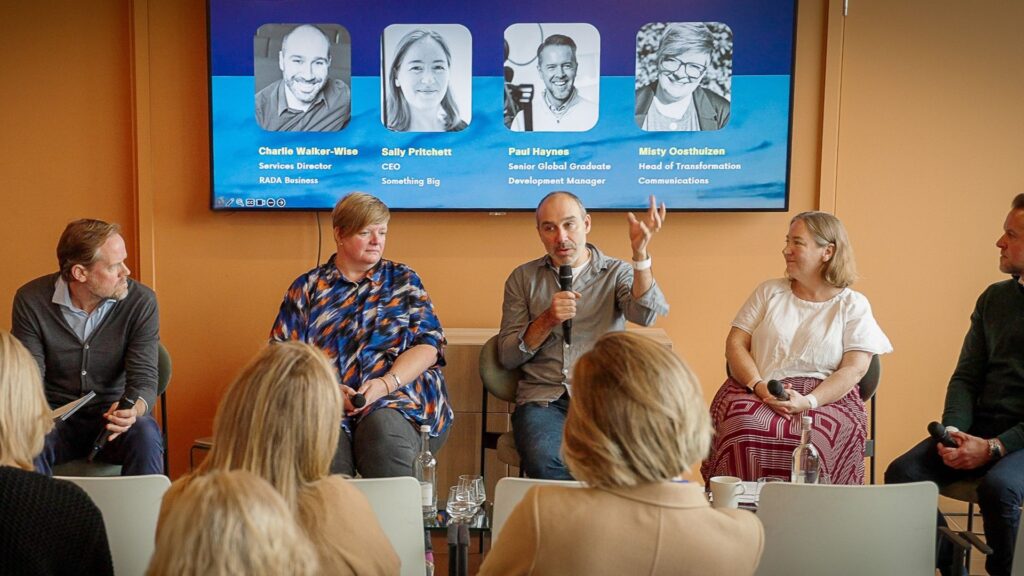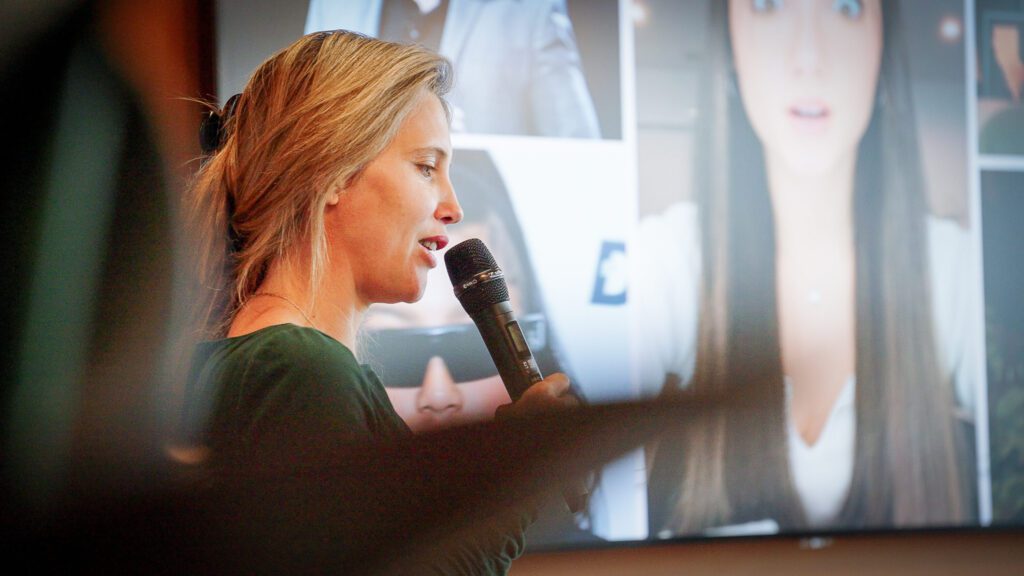Message from MD 2025
The Future Of Fireworks

The search for a more sustainable light show is on. Widely hailed as a futuristic and a low-pollution alternative to traditional fireworks, drone displays are gaining popularity. In this article, we explore whether drone technology will become the new norm at celebrations.
Fireworks have been a single-use tradition in holidays and celebrations for centuries. But every year, drone shows are a trend that is gaining popularity and elevating celebrations to new heights.
Is there any wonder when firework shows lead to reports of injuries and environmental impact such as air pollution often being four times greater than typical levels after bonfire night.
So, is it time to rethink the fireworks display?
The discovery of fireworks, approximately 2,000 years ago in China, is thought to have happened by chance when a cook accidentally mixed three common kitchen ingredients. The mixture was developed into a firecracker which became an essential part of Chinese festivities and thought to be powerful enough to expel evil spirits. In 1295, Marco Polo brought fireworks to Europe from Asia and as Europeans travelled to the New World, so did their firework recipes.
On July 4, 1777, the first anniversary of the day the Continental Congress adopted the Declaration of Independence, fireworks became a Fourth of July tradition. To this day, events around the world use fireworks as part of their celebrations; guaranteed to thrill and make for a spectacular finish, they are a key way to mark the occasion.
Tech met tradition at Chinese New Year celebrations, with a standout feature of this year’s celebrations being the mesmerising drone shows that illuminated skies across the globe. Dubai’s record breaking drone show was the first to fly around a building and mesmerised audiences with a spectacular show featuring an 300m dragon, encircling the iconic sail-shaped Burj Al Arab hotel just off the coast of Dubai.
A modern firework consists of a tube containing gunpowder and many small pods, called stars. Each star making one dot in the explosion and containing a variety of harmful chemicals carbon monoxide.
A new way to celebrate
In contrast, drones do not release any harmful chemicals into the atmosphere, generate very little noise pollution and they can be controlled much more precisely than traditional fireworks. With advancement in processing power and the ability for drones to communicate with one another, shows may soon be able to self-organise and make autonomous decisions.

The highly publicised display in Shanghai, to mark the start of the new decade in 2020, featured 2,000 drones taking off then creating shapes such as an animated running man figure. During the opening ceremony of the 2020 Tokyo Olympics 1,824 drones were launched into the sky, replicating the Games’ kabuki-inspired checkered emblem before transitioning into a giant blue and white orb that represented planet Earth.
The mesmerising aerial display for Queen Elizabeth’s Jubilee earlier this year, where 400 drones lit up the sky with images of corgis and cups of tea above Buckingham Palace, used a combination of robotics, 3D environment simulation and aeronautical engineering. To ensure safety at Buckingham Palace was maintained, the drones featured two geofences which prevented them from crashing into one another – if one hit a geofence, it powered down and lowered to the ground.
Drone technology is evolving to offer a green, reusable, and more comfortable experience, without noise and smoke pollution and posing less of a risk of injury to people and the local environment. Increasingly, Fourth of July firework shows are being replaced with drones due to extreme drought conditions and wildfire concerns. Communities are questioning whether throwing lit objects up into the sky in the height of the fire season is the best thing to do.
Will fireworks be fizzling out to make way for this clean technology?
Related insights

Engage and Lead Through Change: How to Communicate with Intention

